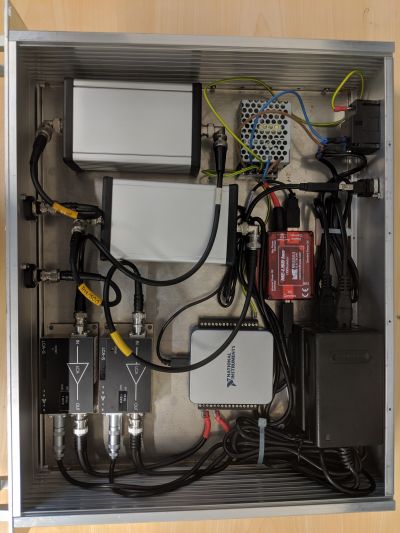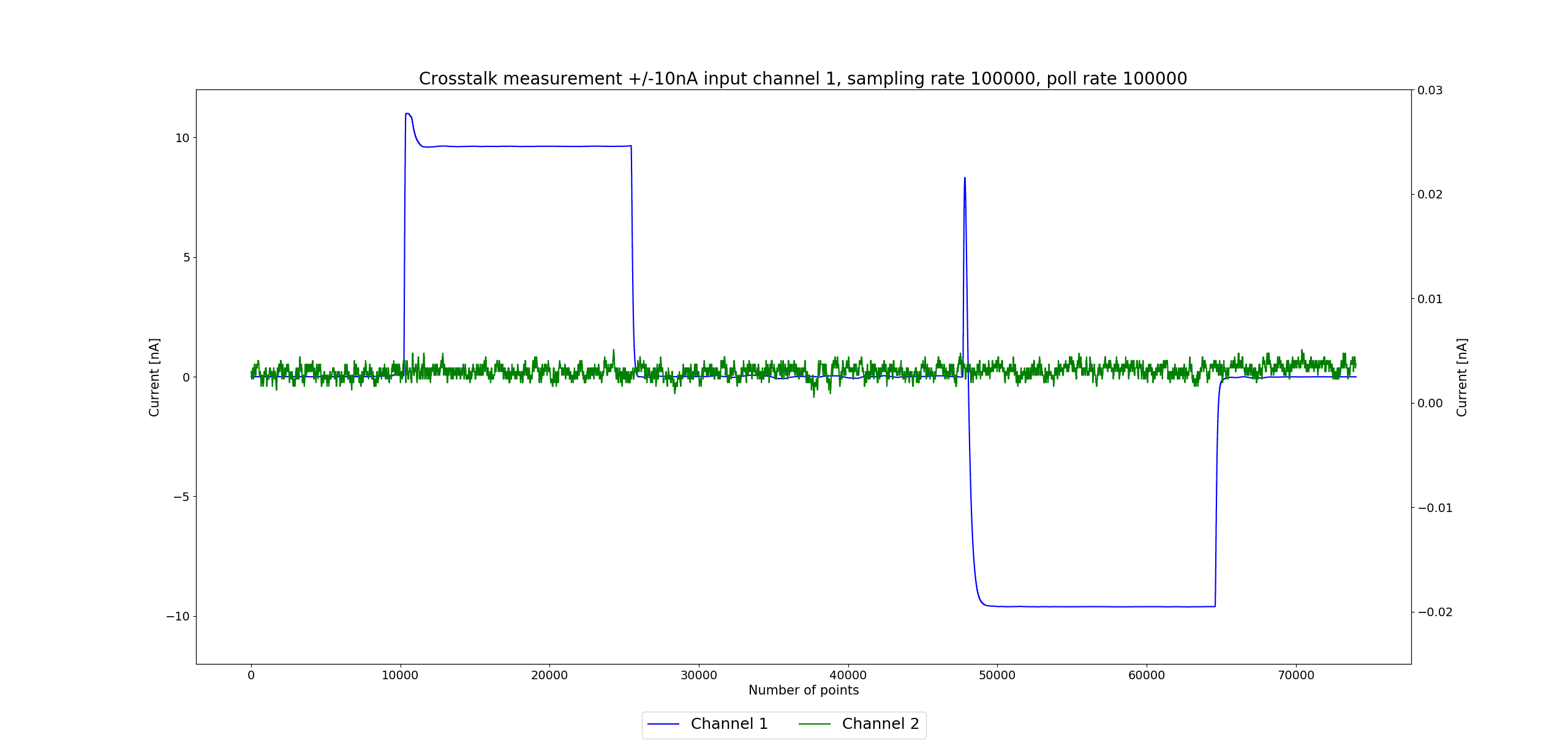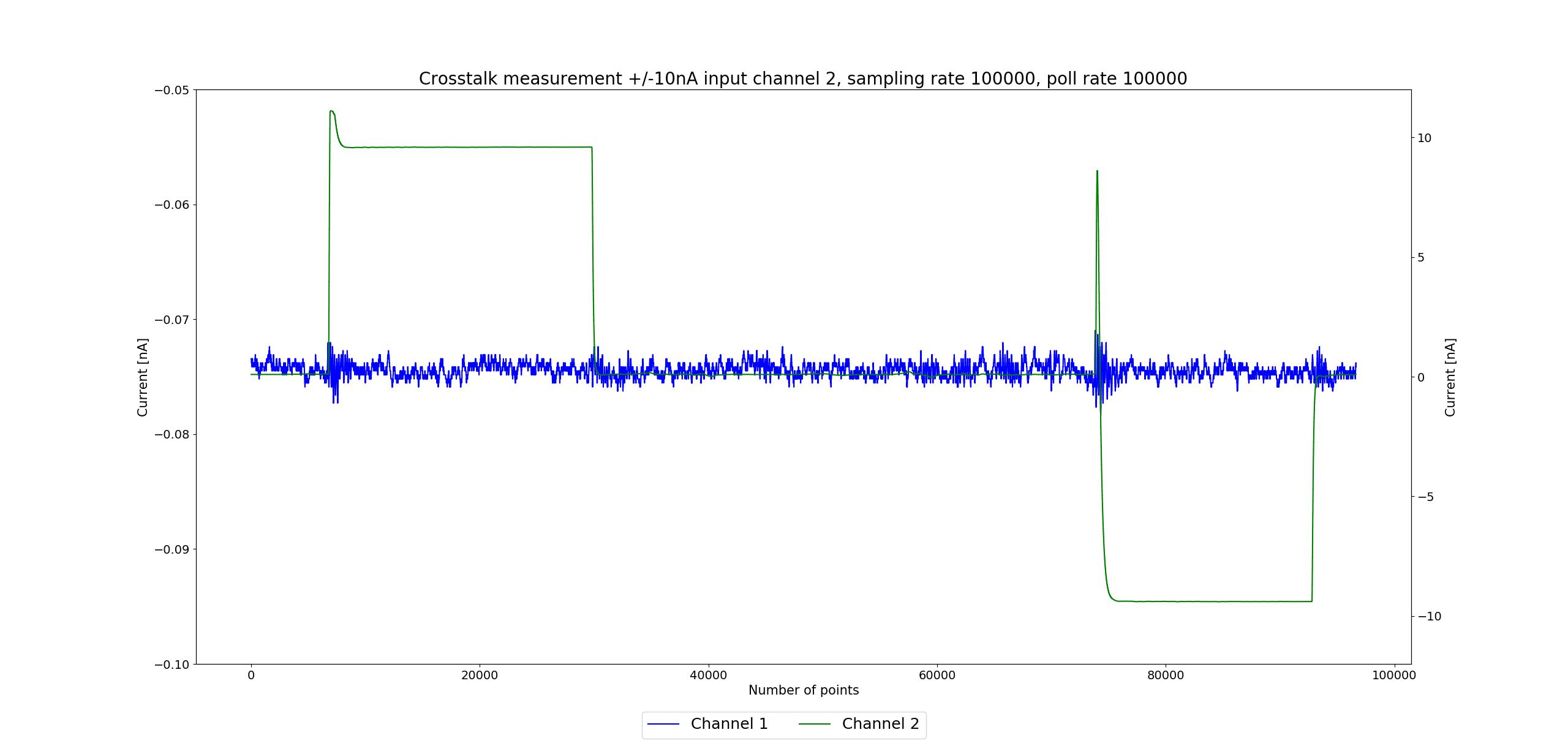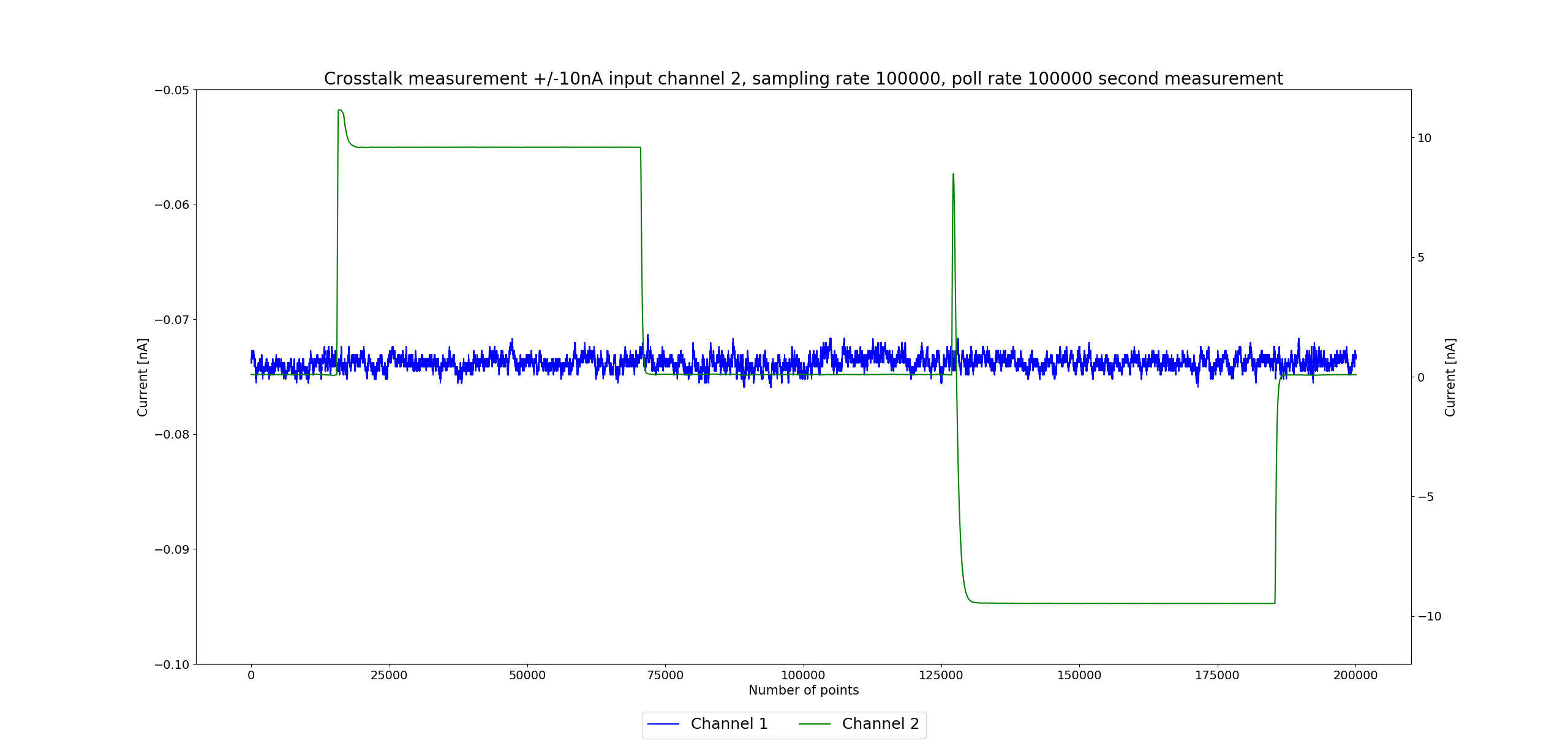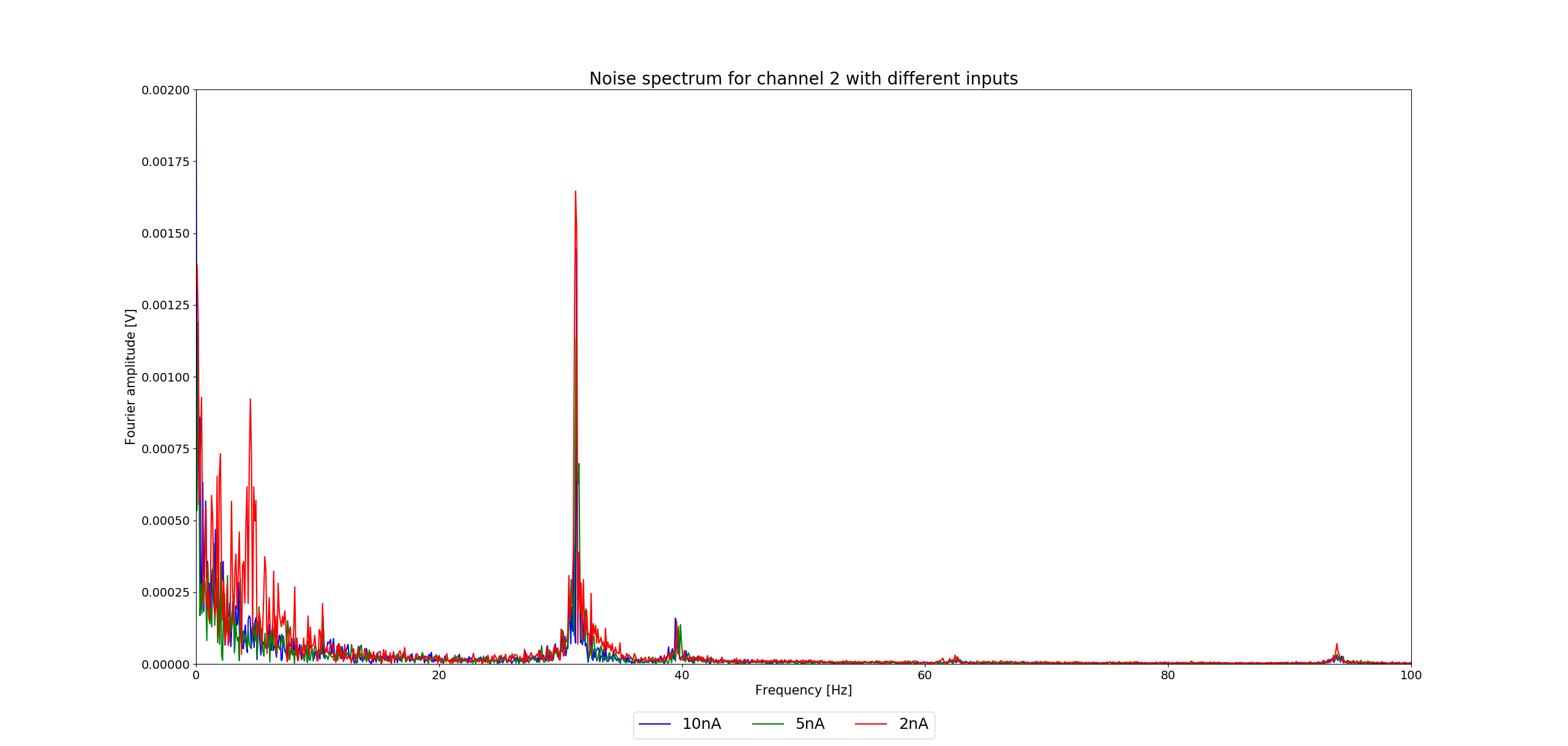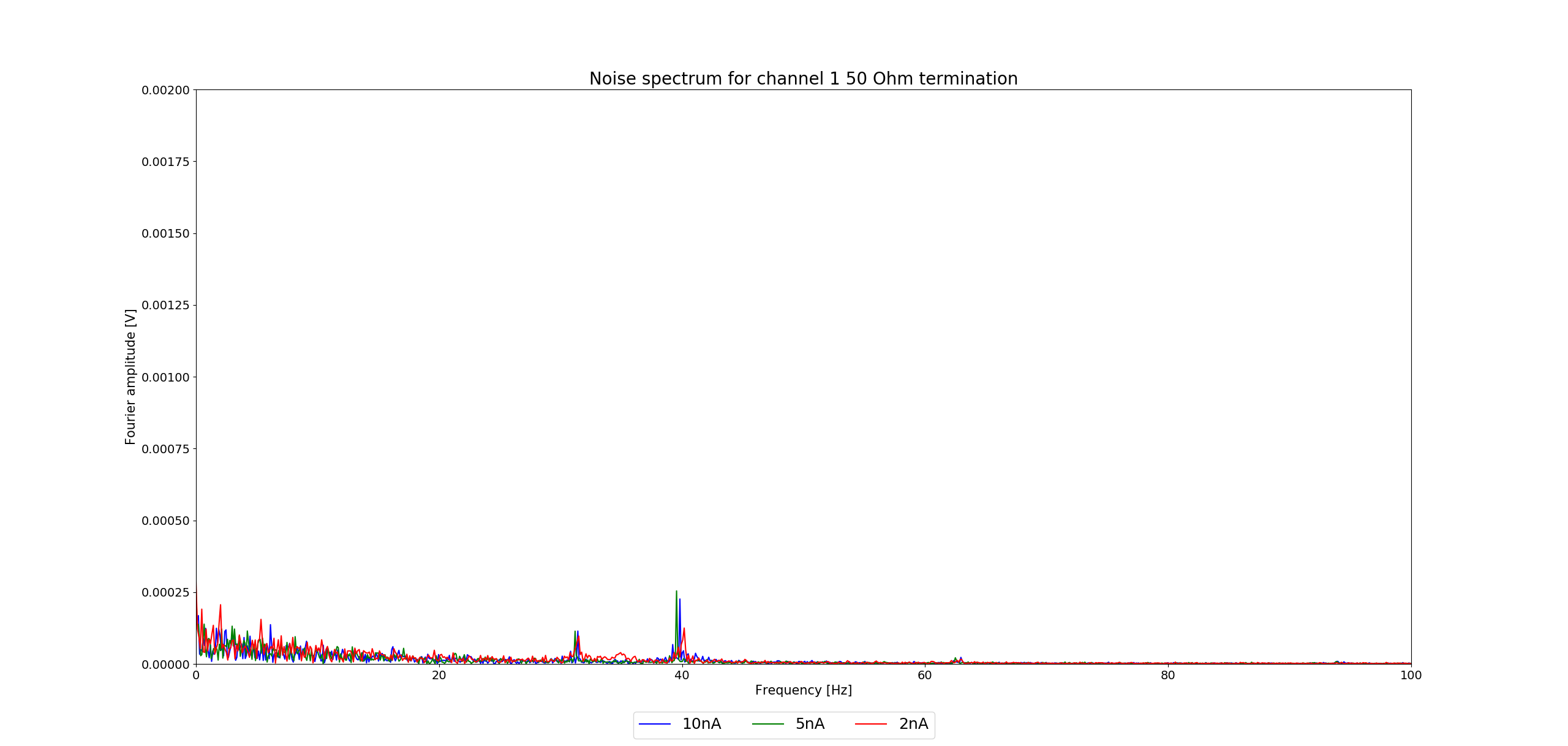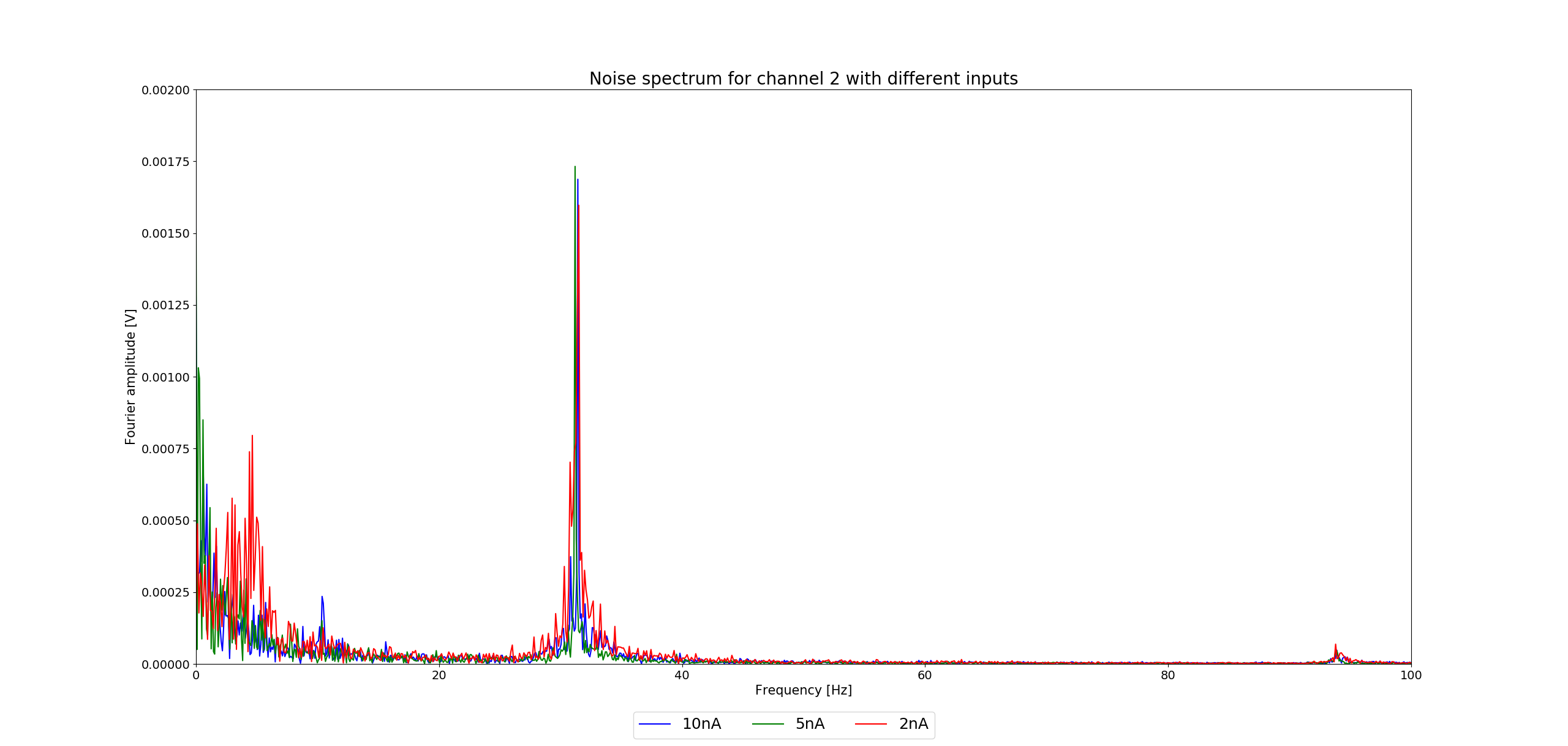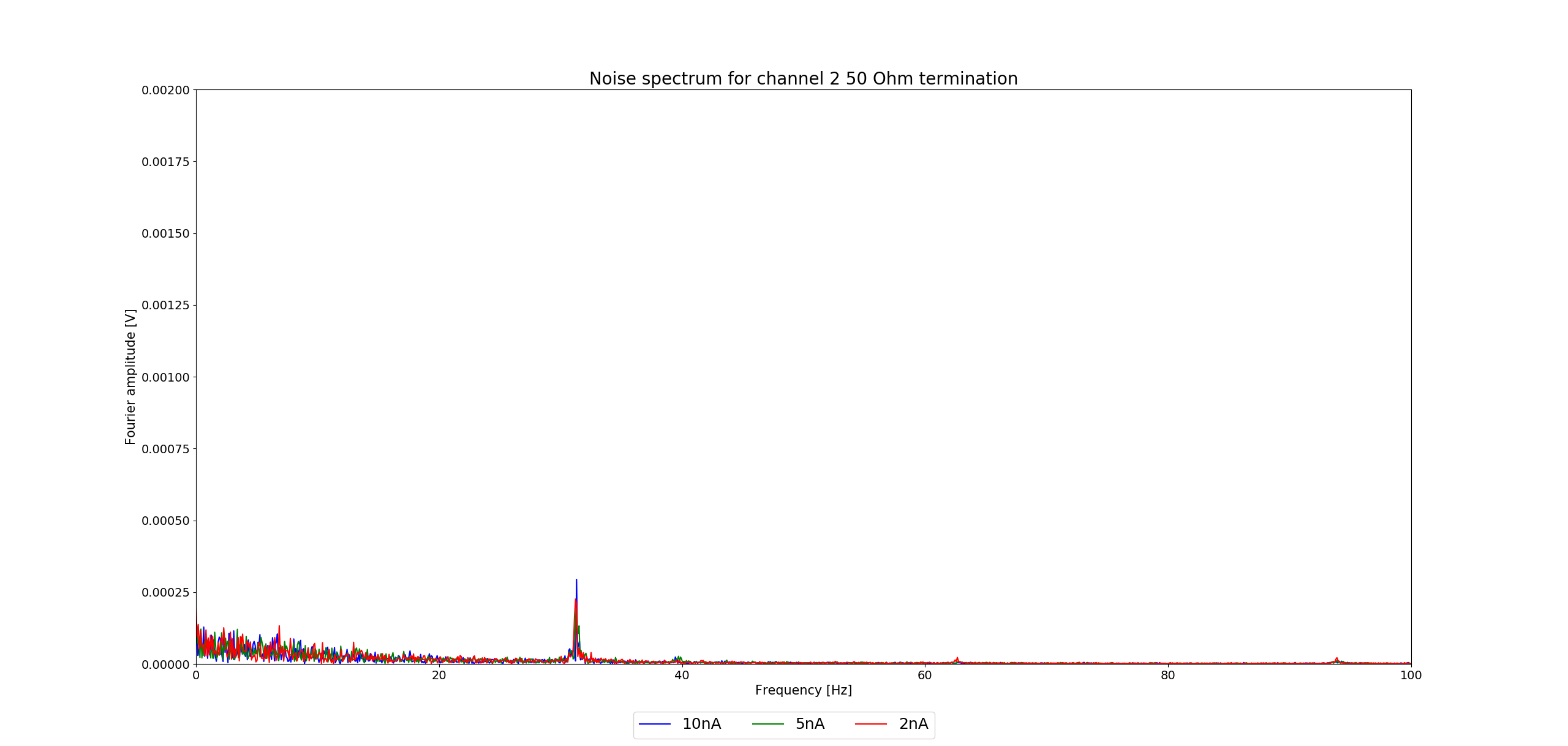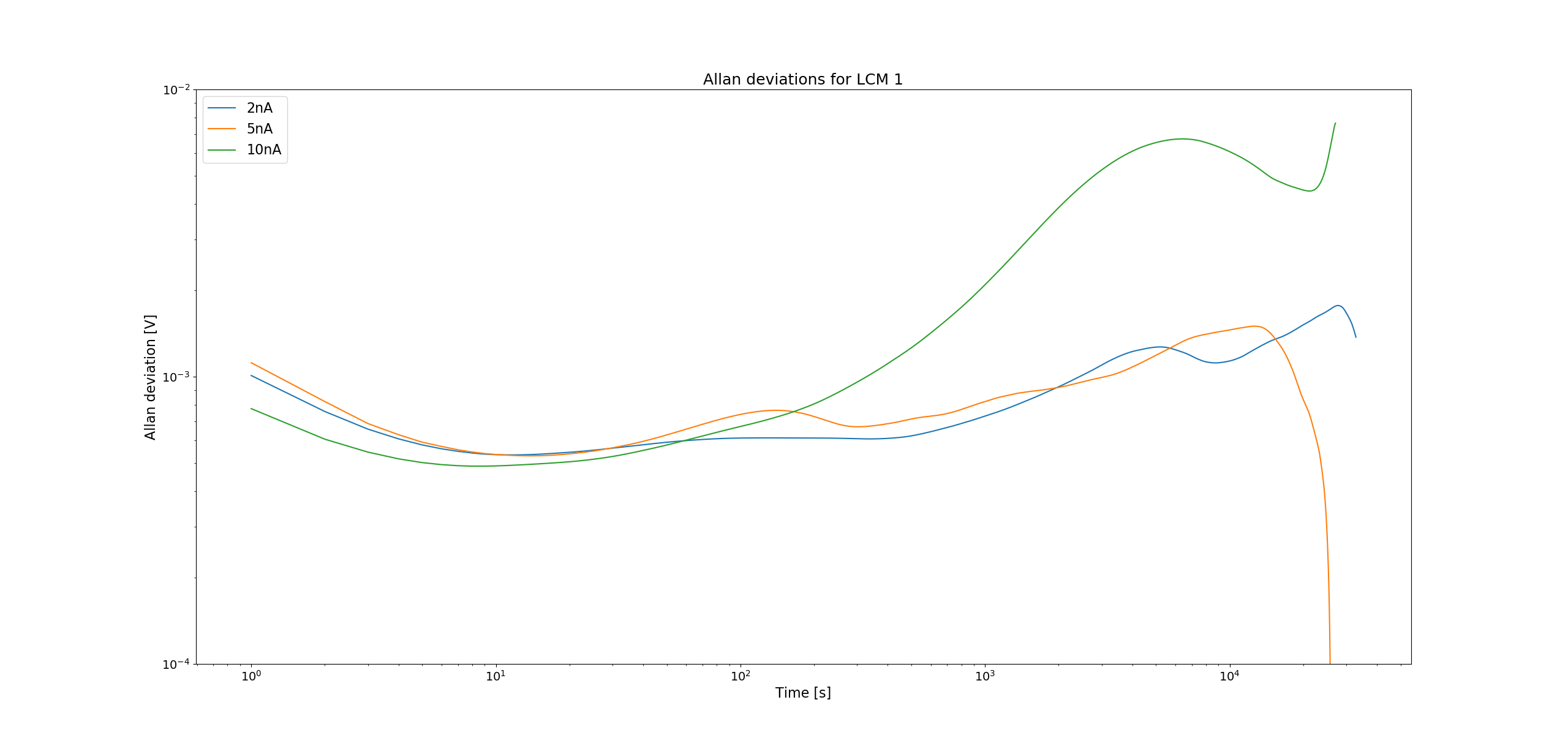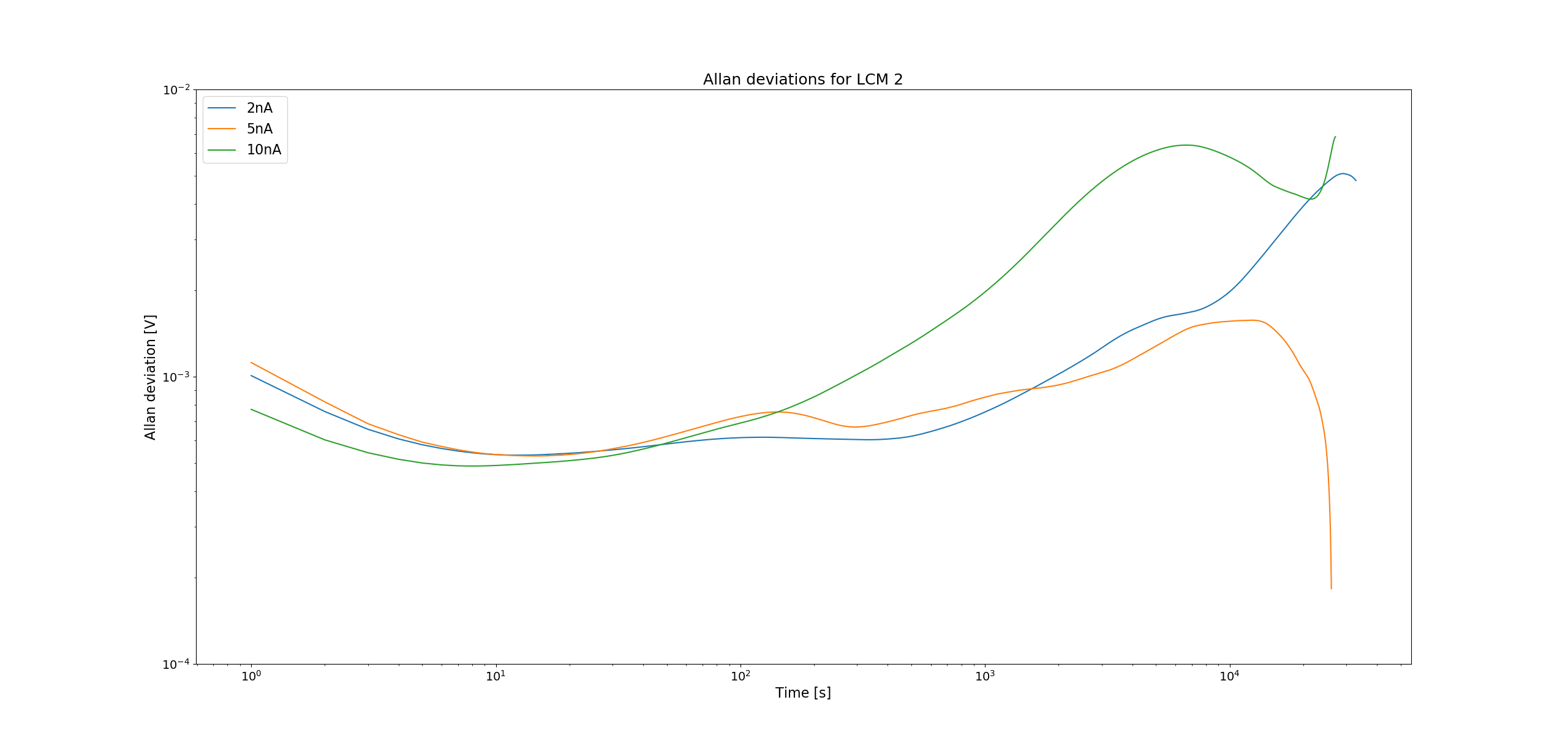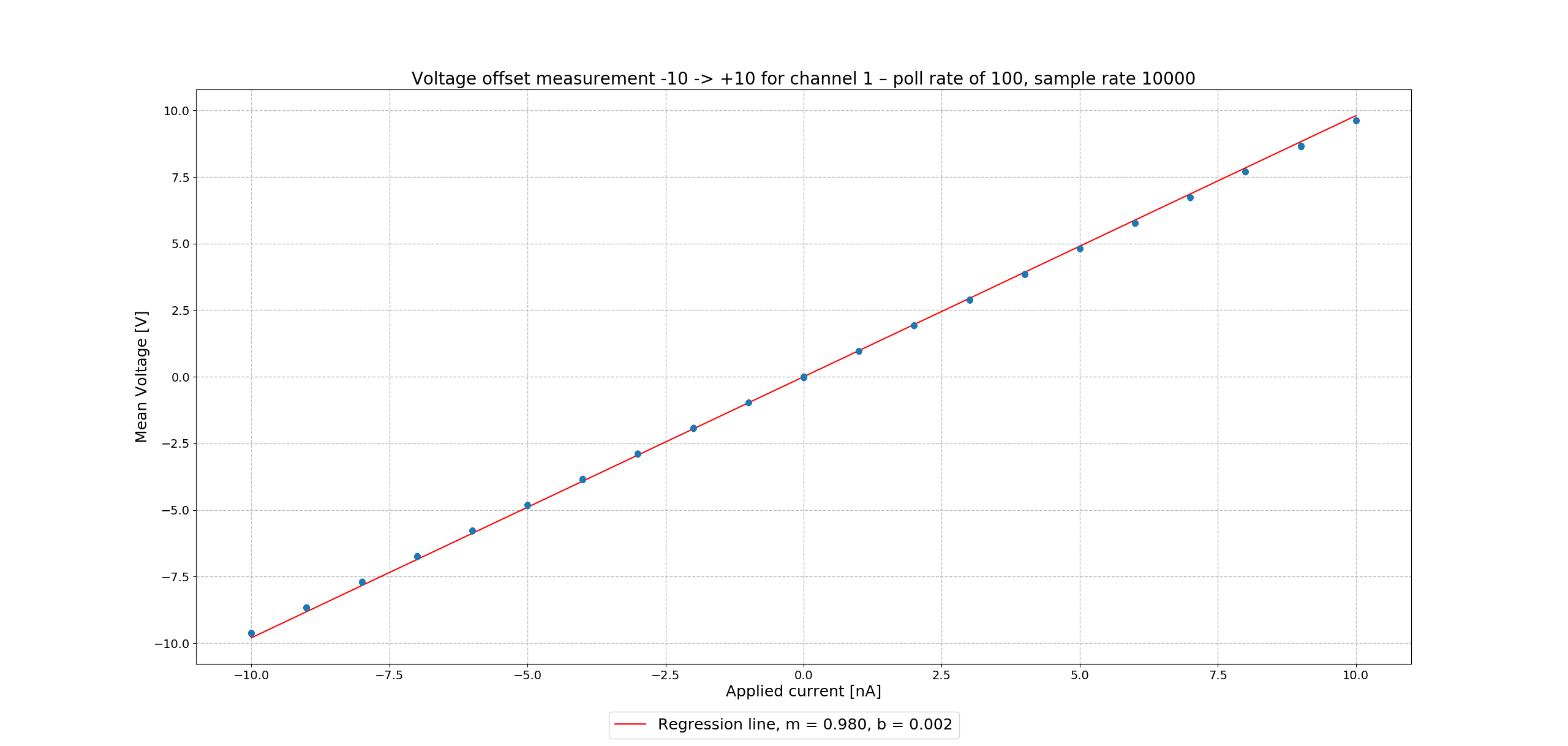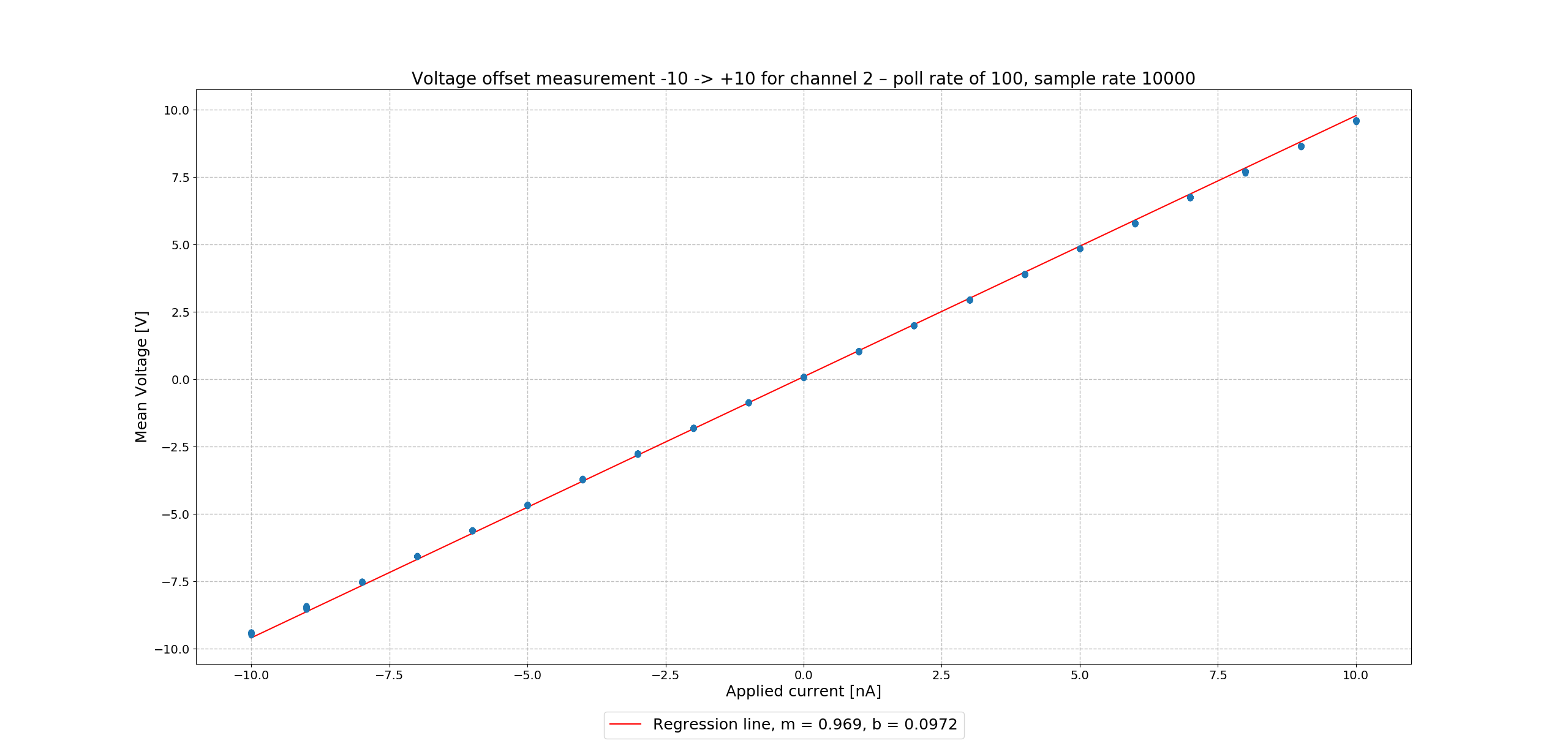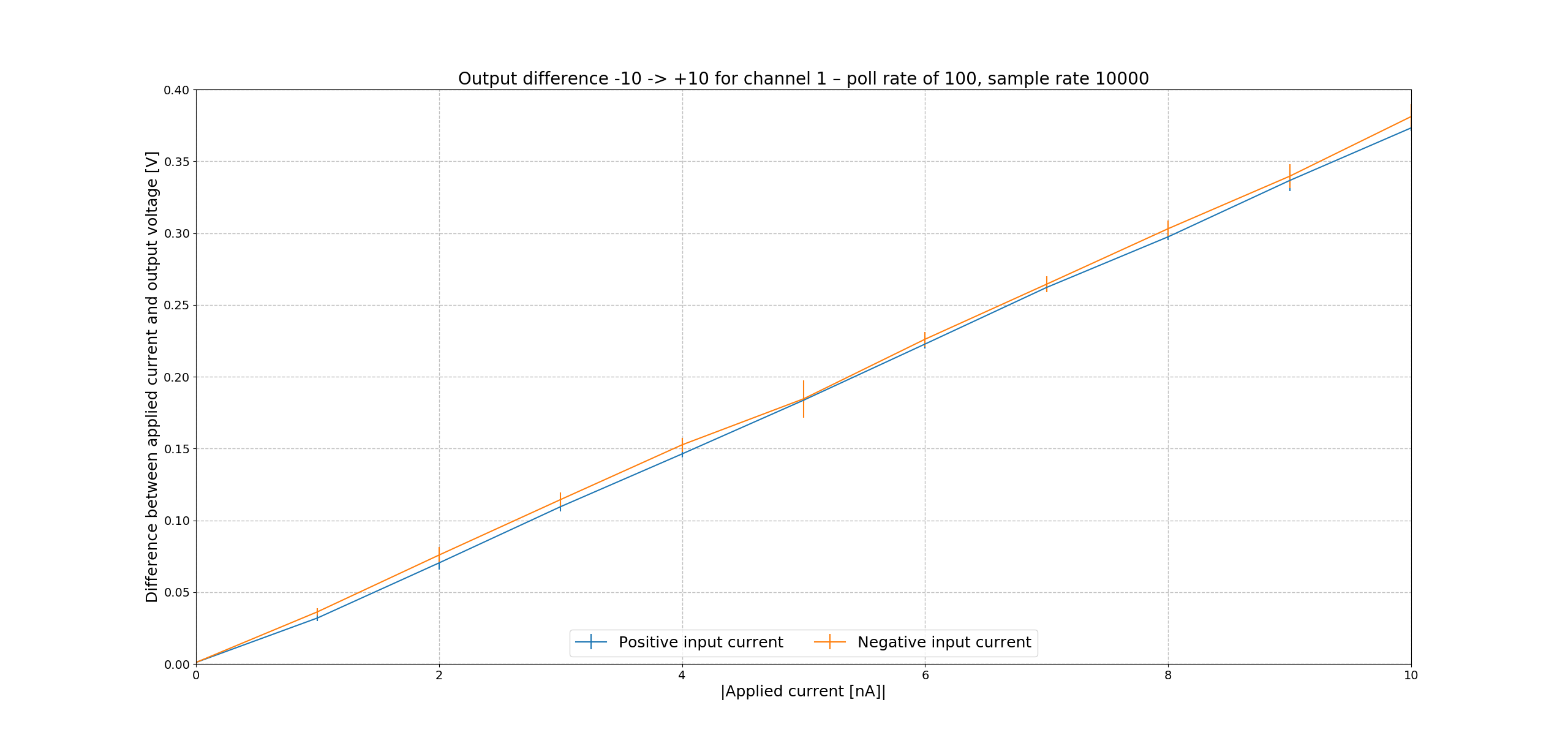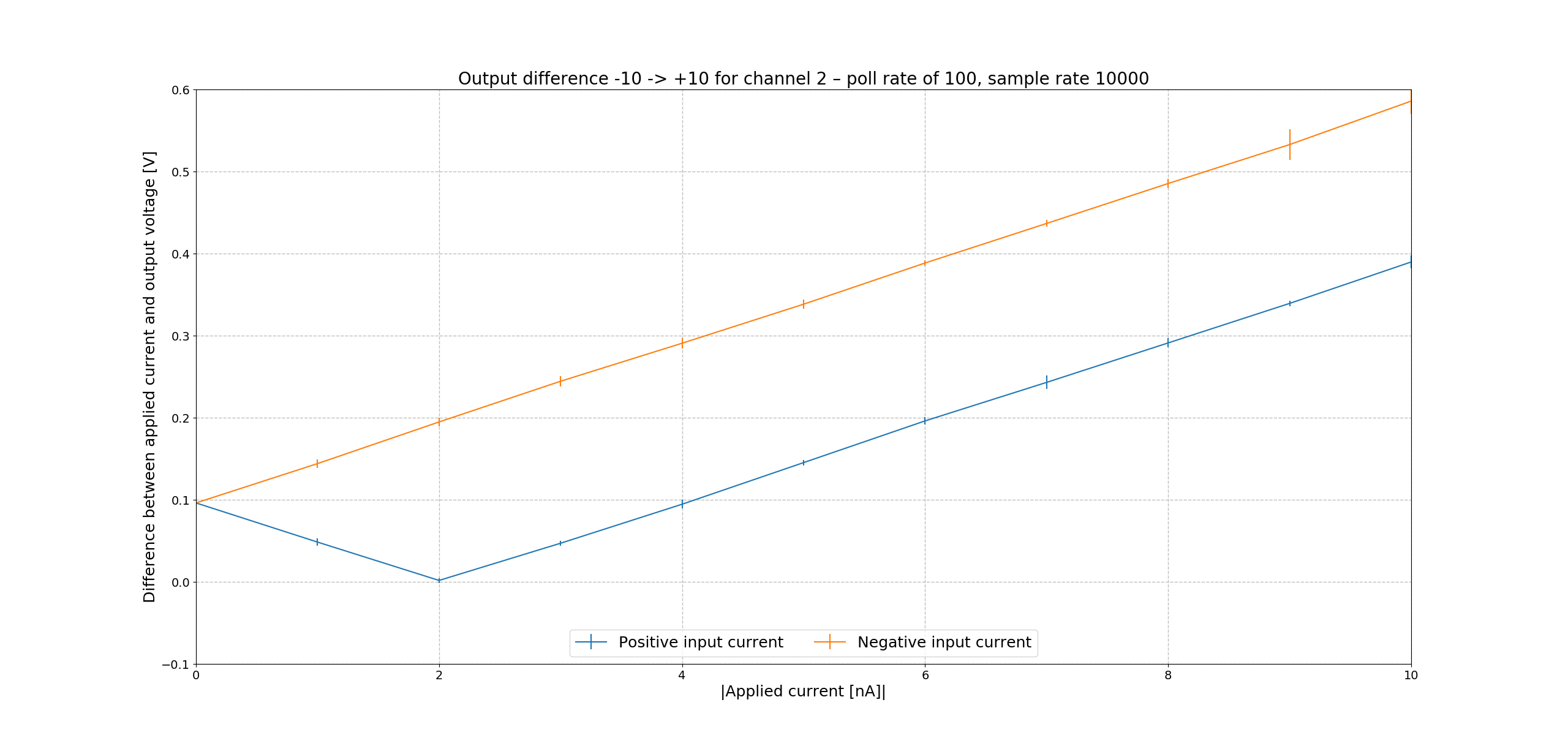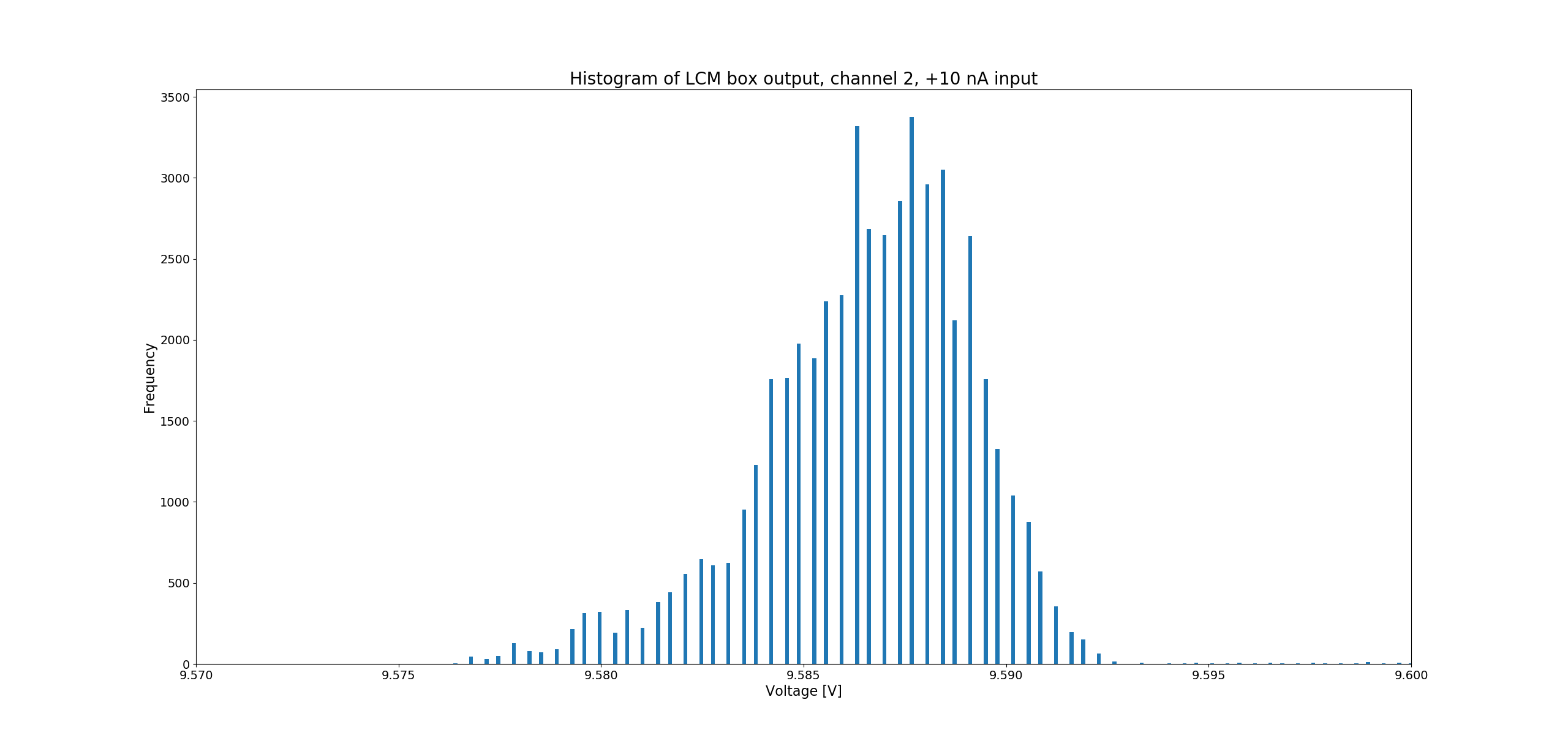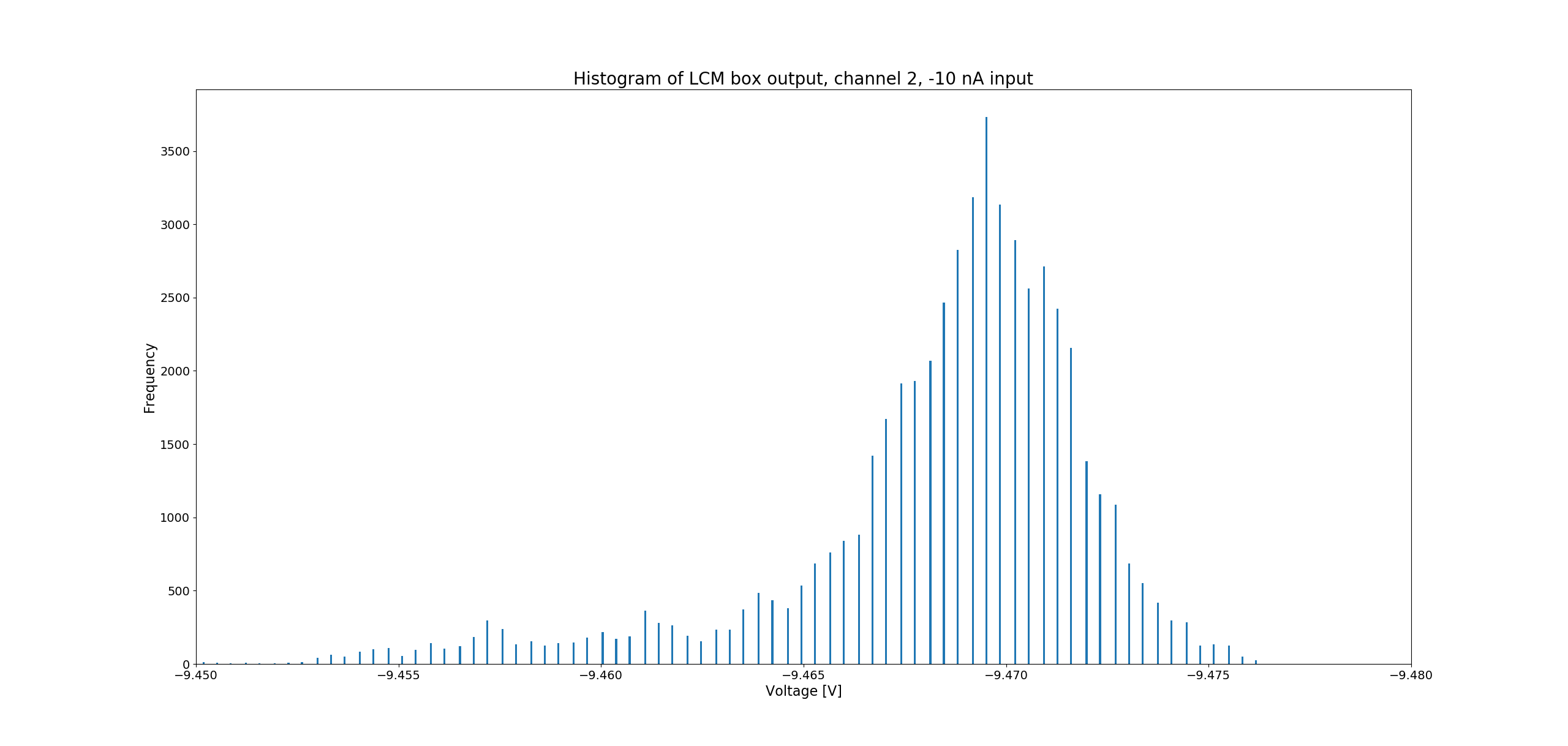Leakage Current Monitor: Difference between revisions
(Created page with "'''Author: J. Thorne''' =Documents for the leakage current monitor:= Diode characteristics \\ \\ File:Avalanche tvs diode.pd...") |
No edit summary |
||
| Line 1: | Line 1: | ||
'''Author: J. Thorne''' | '''Author: J. Thorne''' | ||
=Leakage current monitor= | |||
=Documents for the leakage current monitor:= | ==Documents for the leakage current monitor:== | ||
[[File:Advanced electrical design models.pdf|Diode characteristics]] | [[File:Advanced electrical design models.pdf|Diode characteristics]] | ||
[[File:Avalanche tvs diode.pdf|SPICE avalanche TVS diodes]] | [[File:Avalanche tvs diode.pdf|SPICE avalanche TVS diodes]] | ||
[[File:Littelfuse tvs diode 5kp datasheet.pdf.pdf|Datasheet of the 5KP 12A TVS diodes]] | [[File:Littelfuse tvs diode 5kp datasheet.pdf.pdf|Datasheet of the 5KP 12A TVS diodes]] | ||
[[File:Metal oxide resistors special purpose high voltage.pdf|Datasheet of the Metal Oxide Resistors, Special Purpose, High Voltage]] | [[File:Metal oxide resistors special purpose high voltage.pdf|Datasheet of the Metal Oxide Resistors, Special Purpose, High Voltage]] | ||
[[File:Mcc-usb-1608fs-plus.pdf|Datasheet of the MCC DAQ]] | [[File:Mcc-usb-1608fs-plus.pdf|Datasheet of the MCC DAQ]] | ||
[[File:Mcc-usb-1608fs-plus-manual.pdf|Manual of the MCC DAQ]] | [[File:Mcc-usb-1608fs-plus-manual.pdf|Manual of the MCC DAQ]] | ||
[[File:Meilhaus-me-usb isolator.pdf|Datasheet of the Meilhaus USB opto decoupler]] | [[File:Meilhaus-me-usb isolator.pdf|Datasheet of the Meilhaus USB opto decoupler]] | ||
==Picture of the inside of the box== | |||
=Picture of the inside of the box= | |||
[[File:Leakage current monitor.jpg|center|400px|Inside of the box]] | [[File:Leakage current monitor.jpg|center|400px|Inside of the box]] | ||
The device has two isolated BNC channels. These cables go to the diode protection box. This consists of 5 rows of paired uni-directional 5KP 12A TVS diodes soldered in the backward direction to each other. This provides a sharp threshold voltage in which current will pass over them. In the forward direction the slope of current against voltage is an exponential, allowing large leakage current over them and producing noise. | The device has two isolated BNC channels. These cables go to the diode protection box. This consists of 5 rows of paired uni-directional 5KP 12A TVS diodes soldered in the backward direction to each other. This provides a sharp threshold voltage in which current will pass over them. In the forward direction the slope of current against voltage is an exponential, allowing large leakage current over them and producing noise. | ||
In order to further add protection and reduce noise on the signal, a 1 GOhm high voltage resistor, rated to 25 kV, is added before leading to the Femto LCA-S device. This device converts the +/-10 nA input to +/-10 V output. This has a gain of 1 GV/A with a 10 Hz bandwidth. This device has an offset which can be adjusted to zeroth the signal. Possibly over time this has to be adjusted again as the device has some form of drift. The two Femto LCA-S is powered by custom power supplies. CAUTION these can get hot! | In order to further add protection and reduce noise on the signal, a 1 GOhm high voltage resistor, rated to 25 kV, is added before leading to the Femto LCA-S device. This device converts the +/-10 nA input to +/-10 V output. This has a gain of 1 GV/A with a 10 Hz bandwidth. This device has an offset which can be adjusted to zeroth the signal. Possibly over time this has to be adjusted again as the device has some form of drift. The two Femto LCA-S is powered by custom power supplies. CAUTION these can get hot! | ||
After the Femto device, the +/-10 V output is converted to a digital signal via the MCC DAQ. This device can have multiple inputs with up to 100 kS/s. In order to protect the PC due to any residual discharges, the MCC DAQ is optically isolated via the Meilhaus ME USB Isolator. The isolator is powered by a mains to 5V output converter. | After the Femto device, the +/-10 V output is converted to a digital signal via the MCC DAQ. This device can have multiple inputs with up to 100 kS/s. In order to protect the PC due to any residual discharges, the MCC DAQ is optically isolated via the Meilhaus ME USB Isolator. The isolator is powered by a mains to 5V output converter. | ||
The box has three separate ground paths which are isolated to one another. Each channel has a dedicated ground path from the BNC connector through diode protection box, Femto LCA-S device, to the MCC DAQ as the reference ground. The box is grounded via the mains with each device inside kept separate from this ground. The reason for this is that the discharge will return through the BNC cables to the grounding on the vacuum tank. The LCM is designed to attach BNC cables from this device to a vacuum feed through connected to the isolated electrodes. This feed through creates the grounding connection. | The box has three separate ground paths which are isolated to one another. Each channel has a dedicated ground path from the BNC connector through diode protection box, Femto LCA-S device, to the MCC DAQ as the reference ground. The box is grounded via the mains with each device inside kept separate from this ground. The reason for this is that the discharge will return through the BNC cables to the grounding on the vacuum tank. The LCM is designed to attach BNC cables from this device to a vacuum feed through connected to the isolated electrodes. This feed through creates the grounding connection. | ||
=Characterisation= | =Characterisation= | ||
In order to understand how the device behaves, measurements were taken using the constant low current Keysight B2900A power supply. This can deliver current down to +/-100 pA. The data from the MCC DAQ records data in a buffer then calculates the mean and standard deviation for given sample rate. | In order to understand how the device behaves, measurements were taken using the constant low current Keysight B2900A power supply. This can deliver current down to +/-100 pA. The data from the MCC DAQ records data in a buffer then calculates the mean and standard deviation for given sample rate. | ||
==Measurement of the crosstalk between channel 1 and 2== | |||
=Measurement of the crosstalk between channel 1 and 2= | |||
The measurement was done with sample rate of 100000 S/s and poll rate 100000, input of +/-10 nA. The data for channel 1 and channel 2 is recorded and shown on the figures below as one channel is switched between +10 nA and -10 nA. | The measurement was done with sample rate of 100000 S/s and poll rate 100000, input of +/-10 nA. The data for channel 1 and channel 2 is recorded and shown on the figures below as one channel is switched between +10 nA and -10 nA. | ||
[[File:Crosstalk measurement -10na input channel 1 sampling rate 100000 poll rate 100000.png|Crosstalk measurement +/- 10 nA input channel 1]] | [[File:Crosstalk measurement -10na input channel 1 sampling rate 100000 poll rate 100000.png|Crosstalk measurement +/- 10 nA input channel 1]] | ||
[[File:Crosstalk measurement -10na input channel 2 sampling rate 100000 poll rate 100000.png|Crosstalk measurement +/- 10 nA input channel 2]] | [[File:Crosstalk measurement -10na input channel 2 sampling rate 100000 poll rate 100000.png|Crosstalk measurement +/- 10 nA input channel 2]] | ||
[[File:Crosstalk measurement -10na input channel 2 sampling rate 100000 poll rate 100000 second measurement.png|Crosstalk measurement +/- 10 nA input channel 2 second measurement}]] | [[File:Crosstalk measurement -10na input channel 2 sampling rate 100000 poll rate 100000 second measurement.png|Crosstalk measurement +/- 10 nA input channel 2 second measurement}]] | ||
=Measurement of noise= | ==Measurement of noise== | ||
In this measurement the Keysight is to various input currents (10, 5, 2 nA) for a given channel with the sample rate and poll rate set to maximum. The channel not connected to the power supply has a 50 Ohm termination added with the noise spectrum also shown. The noise was measured up to 10000 Hz but no peaks are visible so the graph is cut to 100 Hz to show the signals in the low range. | In this measurement the Keysight is to various input currents (10, 5, 2 nA) for a given channel with the sample rate and poll rate set to maximum. The channel not connected to the power supply has a 50 Ohm termination added with the noise spectrum also shown. The noise was measured up to 10000 Hz but no peaks are visible so the graph is cut to 100 Hz to show the signals in the low range. | ||
[[File:Noise spectrum channel 1 2 5 10 na input.png|Noise spectrum channel 1 for various current inputs]] | [[File:Noise spectrum channel 1 2 5 10 na input.png|Noise spectrum channel 1 for various current inputs]] | ||
[[File:Noise spectrum channel 1 50 ohm termination.png|Noise spectrum channel 1 50 Ohm termination]] | [[File:Noise spectrum channel 1 50 ohm termination.png|Noise spectrum channel 1 50 Ohm termination]] | ||
[[File:Noise spectrum channel 2 2 5 10 na input.png|Noise spectrum channel 2 for various current inputs]] | [[File:Noise spectrum channel 2 2 5 10 na input.png|Noise spectrum channel 2 for various current inputs]] | ||
[[File:Noise spectrum channel 2 50 ohm termination.png|Noise spectrum channel 2 50 Ohm termination]] | [[File:Noise spectrum channel 2 50 ohm termination.png|Noise spectrum channel 2 50 Ohm termination]] | ||
=Measurement of stability= | ==Measurement of stability== | ||
The stability of the device is measured over a period of 24 hours. The sample rate and poll rate is set to 10000. Then an Allan standard deviation is performed to realise the stability. | The stability of the device is measured over a period of 24 hours. The sample rate and poll rate is set to 10000. Then an Allan standard deviation is performed to realise the stability. | ||
[[File:Stability measurements at different current sources for lcm 1.png|Allan standard deviation for channel 1]] | [[File:Stability measurements at different current sources for lcm 1.png|Allan standard deviation for channel 1]] | ||
[[File:Stability measurements at different current sources for lcm 2.png|Allan standard deviation for channel 2]] | [[File:Stability measurements at different current sources for lcm 2.png|Allan standard deviation for channel 2]] | ||
=Measurement of the voltage offset= | ==Measurement of the voltage offset== | ||
This measurement was to characterise the voltage offset for channel 1 and 2. The sampling rate was set to 10000 and poll rate 100. The applied current was changed from -10 nA to +10 nA in steps of 1 nA. The first two figures below so the voltage vs applied current. In order to see the difference more clearly, the absolute difference between the applied current and the measured voltage is taken and plotted against the applied current. | This measurement was to characterise the voltage offset for channel 1 and 2. The sampling rate was set to 10000 and poll rate 100. The applied current was changed from -10 nA to +10 nA in steps of 1 nA. The first two figures below so the voltage vs applied current. In order to see the difference more clearly, the absolute difference between the applied current and the measured voltage is taken and plotted against the applied current. | ||
[[File:Voltage offset measurement -10 - 10 for channel 1 – poll rate of 100 sample rate 10000.png|Output voltage vs applied current for channel 1]] | [[File:Voltage offset measurement -10 - 10 for channel 1 – poll rate of 100 sample rate 10000.png|Output voltage vs applied current for channel 1]] | ||
[[File:Voltage offset measurement -10 - 10 for channel 2 – poll rate of 100 sample rate 10000.png|Output voltage vs applied current for channel 2]] | [[File:Voltage offset measurement -10 - 10 for channel 2 – poll rate of 100 sample rate 10000.png|Output voltage vs applied current for channel 2]] | ||
[[File:Output difference -10 - 10 for channel 1 – poll rate of 100 sample rate 10000.png|Difference between input current and output voltage for positive and negative values, channel 1]] | [[File:Output difference -10 - 10 for channel 1 – poll rate of 100 sample rate 10000.png|Difference between input current and output voltage for positive and negative values, channel 1]] | ||
[[File:Output difference -10 - 10 for channel 2 – poll rate of 100 sample rate 10000.png|Difference between input current and output voltage for positive and negative values, channel 2]] | [[File:Output difference -10 - 10 for channel 2 – poll rate of 100 sample rate 10000.png|Difference between input current and output voltage for positive and negative values, channel 2]] | ||
=Error checking= | ==Error checking== | ||
In the previous plots the error bars where determined by using the standard deviation. To check this was valid, the data was checked to see how Gaussian it was. The following are histograms of the same data set used for the crosstalk measurements, binning is set to 10000 between the two ranges on the x axis. | In the previous plots the error bars where determined by using the standard deviation. To check this was valid, the data was checked to see how Gaussian it was. The following are histograms of the same data set used for the crosstalk measurements, binning is set to 10000 between the two ranges on the x axis. | ||
[[File:Histogram of lcm box output channel 2 10 na input.png| Histogram of data with input for LCM set to +10 nA]] | [[File:Histogram of lcm box output channel 2 10 na input.png| Histogram of data with input for LCM set to +10 nA]] | ||
[[File:Histogram of lcm box output channel 2 -10 na input.png| Histogram of data with input for LCM set to -10 nA]] | [[File:Histogram of lcm box output channel 2 -10 na input.png| Histogram of data with input for LCM set to -10 nA]] | ||
The plots show something that is Gaussian. There is a tail on the lower side of the curve, this is most likely due to the ramping up to the set current in which it then stabilises, which is present in the previous results. | The plots show something that is Gaussian. There is a tail on the lower side of the curve, this is most likely due to the ramping up to the set current in which it then stabilises, which is present in the previous results. | ||
=Summary= | =Summary= | ||
- The measurements above indicate that there is no crosstalk present between channel 1 and 2. | - The measurements above indicate that there is no crosstalk present between channel 1 and 2. | ||
- Noise on channel 1 shows a peak at approx. 33 Hz and 40 Hz. While channel two only has the 33 Hz signal. The 50 Ohm terminations also see these signals, however, the level is different between the two channels. However, these signals are <1.5 mV which translates to 1.5 pA, below the sensitivity of the Femto LCA-S devices. | - Noise on channel 1 shows a peak at approx. 33 Hz and 40 Hz. While channel two only has the 33 Hz signal. The 50 Ohm terminations also see these signals, however, the level is different between the two channels. However, these signals are <1.5 mV which translates to 1.5 pA, below the sensitivity of the Femto LCA-S devices. | ||
- The stability measurements is quite flat. This can be considered stable to <10<sup>4</sup> seconds. However, the stability gets worse for higher currents applied. This measurement cannot separate the stability of the Keysight power supply, therefore, this could be included in these results. | - The stability measurements is quite flat. This can be considered stable to <10<sup>4</sup> seconds. However, the stability gets worse for higher currents applied. This measurement cannot separate the stability of the Keysight power supply, therefore, this could be included in these results. | ||
- The voltage offset shows there is a linearly increasing difference between the applied voltage and what is actually read out. The cause of this could be due to leakage current across the diodes which would result in a drop in the current that goes through the Femto LCA-S device. This would need to be corrected for in the raw data for an real measurement. Channel 1 shows that both polarities gives the same behaviour, however, channel 2 as an additional offset in the negative polarity. The reason for this is unknown. | - The voltage offset shows there is a linearly increasing difference between the applied voltage and what is actually read out. The cause of this could be due to leakage current across the diodes which would result in a drop in the current that goes through the Femto LCA-S device. This would need to be corrected for in the raw data for an real measurement. Channel 1 shows that both polarities gives the same behaviour, however, channel 2 as an additional offset in the negative polarity. The reason for this is unknown. | ||
- It is shown valid to take the standard deviation of the data to get the error bars. | - It is shown valid to take the standard deviation of the data to get the error bars. | ||
Latest revision as of 17:08, 23 December 2021
Author: J. Thorne
Leakage current monitor
Documents for the leakage current monitor:
File:Advanced electrical design models.pdf
File:Littelfuse tvs diode 5kp datasheet.pdf.pdf
File:Metal oxide resistors special purpose high voltage.pdf
File:Mcc-usb-1608fs-plus-manual.pdf
File:Meilhaus-me-usb isolator.pdf
Picture of the inside of the box
The device has two isolated BNC channels. These cables go to the diode protection box. This consists of 5 rows of paired uni-directional 5KP 12A TVS diodes soldered in the backward direction to each other. This provides a sharp threshold voltage in which current will pass over them. In the forward direction the slope of current against voltage is an exponential, allowing large leakage current over them and producing noise.
In order to further add protection and reduce noise on the signal, a 1 GOhm high voltage resistor, rated to 25 kV, is added before leading to the Femto LCA-S device. This device converts the +/-10 nA input to +/-10 V output. This has a gain of 1 GV/A with a 10 Hz bandwidth. This device has an offset which can be adjusted to zeroth the signal. Possibly over time this has to be adjusted again as the device has some form of drift. The two Femto LCA-S is powered by custom power supplies. CAUTION these can get hot!
After the Femto device, the +/-10 V output is converted to a digital signal via the MCC DAQ. This device can have multiple inputs with up to 100 kS/s. In order to protect the PC due to any residual discharges, the MCC DAQ is optically isolated via the Meilhaus ME USB Isolator. The isolator is powered by a mains to 5V output converter.
The box has three separate ground paths which are isolated to one another. Each channel has a dedicated ground path from the BNC connector through diode protection box, Femto LCA-S device, to the MCC DAQ as the reference ground. The box is grounded via the mains with each device inside kept separate from this ground. The reason for this is that the discharge will return through the BNC cables to the grounding on the vacuum tank. The LCM is designed to attach BNC cables from this device to a vacuum feed through connected to the isolated electrodes. This feed through creates the grounding connection.
Characterisation
In order to understand how the device behaves, measurements were taken using the constant low current Keysight B2900A power supply. This can deliver current down to +/-100 pA. The data from the MCC DAQ records data in a buffer then calculates the mean and standard deviation for given sample rate.
Measurement of the crosstalk between channel 1 and 2
The measurement was done with sample rate of 100000 S/s and poll rate 100000, input of +/-10 nA. The data for channel 1 and channel 2 is recorded and shown on the figures below as one channel is switched between +10 nA and -10 nA.
Measurement of noise
In this measurement the Keysight is to various input currents (10, 5, 2 nA) for a given channel with the sample rate and poll rate set to maximum. The channel not connected to the power supply has a 50 Ohm termination added with the noise spectrum also shown. The noise was measured up to 10000 Hz but no peaks are visible so the graph is cut to 100 Hz to show the signals in the low range.
Measurement of stability
The stability of the device is measured over a period of 24 hours. The sample rate and poll rate is set to 10000. Then an Allan standard deviation is performed to realise the stability.
Measurement of the voltage offset
This measurement was to characterise the voltage offset for channel 1 and 2. The sampling rate was set to 10000 and poll rate 100. The applied current was changed from -10 nA to +10 nA in steps of 1 nA. The first two figures below so the voltage vs applied current. In order to see the difference more clearly, the absolute difference between the applied current and the measured voltage is taken and plotted against the applied current.
Error checking
In the previous plots the error bars where determined by using the standard deviation. To check this was valid, the data was checked to see how Gaussian it was. The following are histograms of the same data set used for the crosstalk measurements, binning is set to 10000 between the two ranges on the x axis.
The plots show something that is Gaussian. There is a tail on the lower side of the curve, this is most likely due to the ramping up to the set current in which it then stabilises, which is present in the previous results.
Summary
- The measurements above indicate that there is no crosstalk present between channel 1 and 2.
- Noise on channel 1 shows a peak at approx. 33 Hz and 40 Hz. While channel two only has the 33 Hz signal. The 50 Ohm terminations also see these signals, however, the level is different between the two channels. However, these signals are <1.5 mV which translates to 1.5 pA, below the sensitivity of the Femto LCA-S devices.
- The stability measurements is quite flat. This can be considered stable to <104 seconds. However, the stability gets worse for higher currents applied. This measurement cannot separate the stability of the Keysight power supply, therefore, this could be included in these results.
- The voltage offset shows there is a linearly increasing difference between the applied voltage and what is actually read out. The cause of this could be due to leakage current across the diodes which would result in a drop in the current that goes through the Femto LCA-S device. This would need to be corrected for in the raw data for an real measurement. Channel 1 shows that both polarities gives the same behaviour, however, channel 2 as an additional offset in the negative polarity. The reason for this is unknown.
- It is shown valid to take the standard deviation of the data to get the error bars.
